-
×
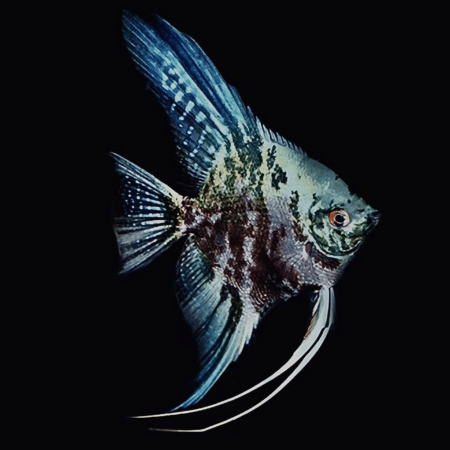
-
×
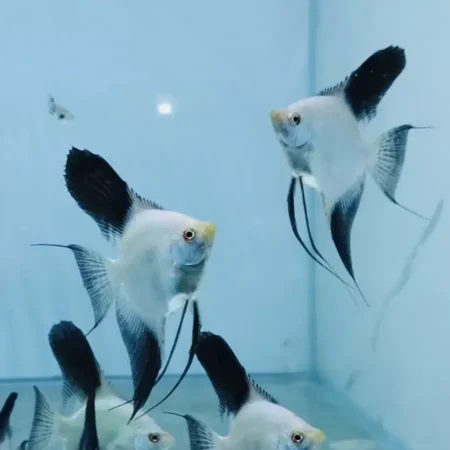 Transform your aquatic environment with the beautiful Bulgarian Seal Point Angelfish, a colorful tropical cichlid perfect for novice fish enthusiasts seeking healthy aquarium fish., Easy Care Fish for Beginners and Enthusiasts
1 × £24.19
Transform your aquatic environment with the beautiful Bulgarian Seal Point Angelfish, a colorful tropical cichlid perfect for novice fish enthusiasts seeking healthy aquarium fish., Easy Care Fish for Beginners and Enthusiasts
1 × £24.19 -
×

Subtotal: £75.48

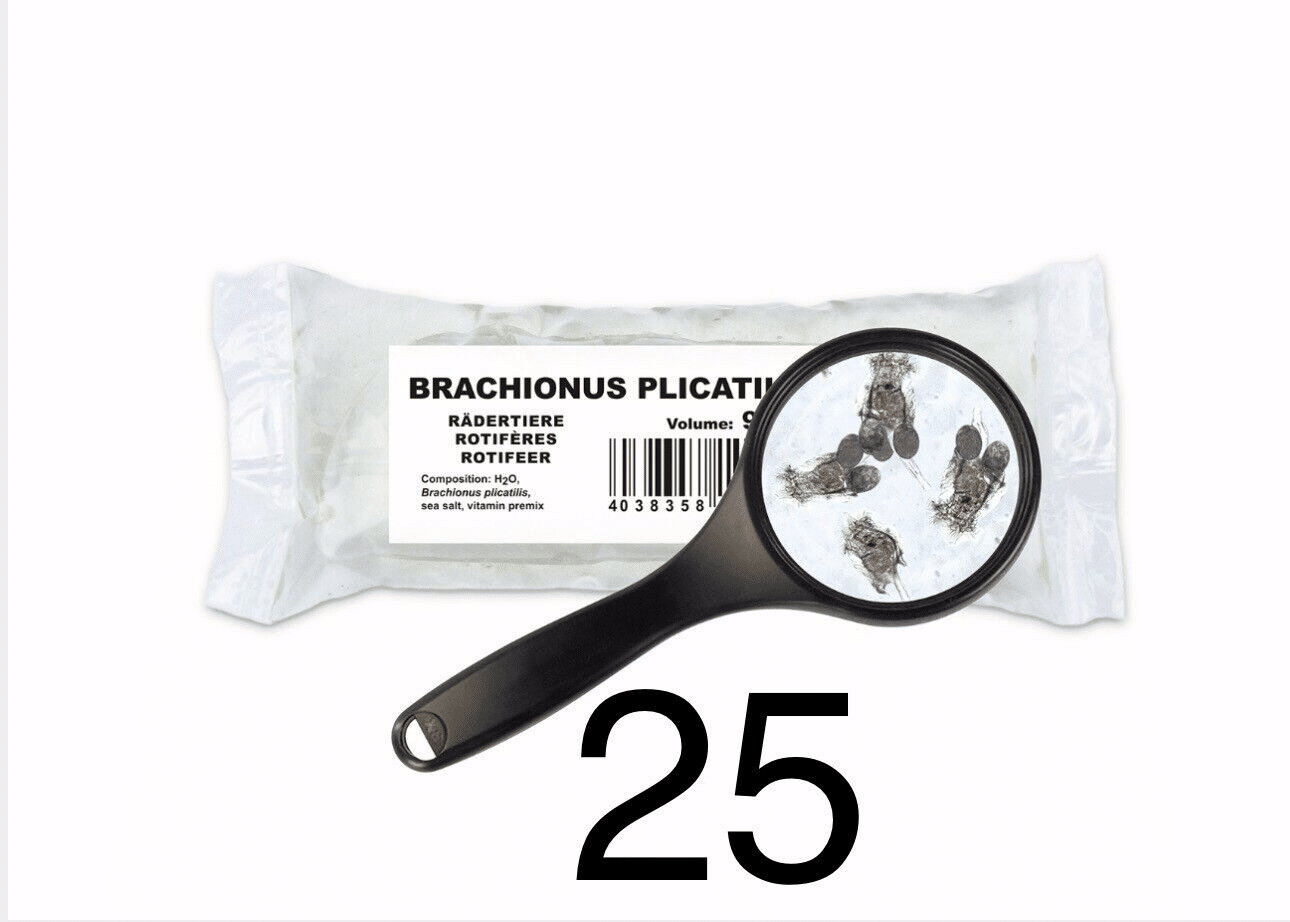

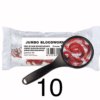


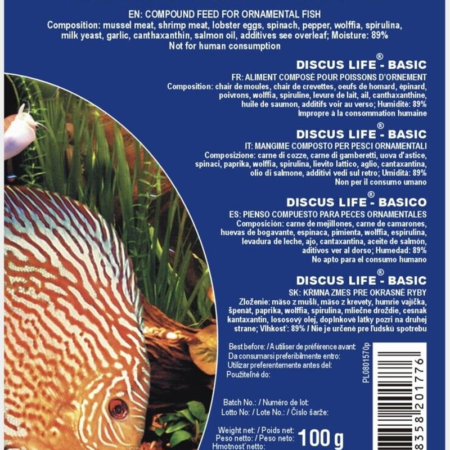

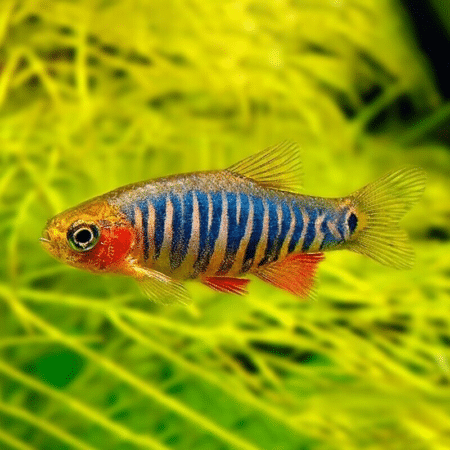


Emily Parker (verified owner) –
As a caring fish parent, I’m always on the lookout for quality fish food that keeps my betta fish healthy and happy. After using the 25 x 90 ML Live Red Rotifer for about two weeks, I can confidently say that this stuff is fantastic! My betta, named Finn, absolutely devours these rotifers. The size is perfect for him, and I noticed a significant improvement in his coloration and energy levels shortly after introducing this live food to his diet. Compared to frozen food, these live rotifers have been a game-changer—Finn is more active and exhibits a distinct vibrancy that I hadn’t seen before. Additionally, they arrived promptly and were well-packaged, ensuring the rotifers were still lively. My only minor concern is that I wish the containers were slightly larger, but honestly, that’s a small trade-off for the quality provided. I highly recommend this product to anyone with bettas or other small fish that need a nutrient-rich diet. It’s a delightful addition to their meals, and I’m excited to see how it continues to benefit Finn’s health!